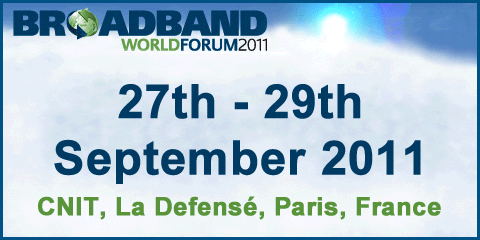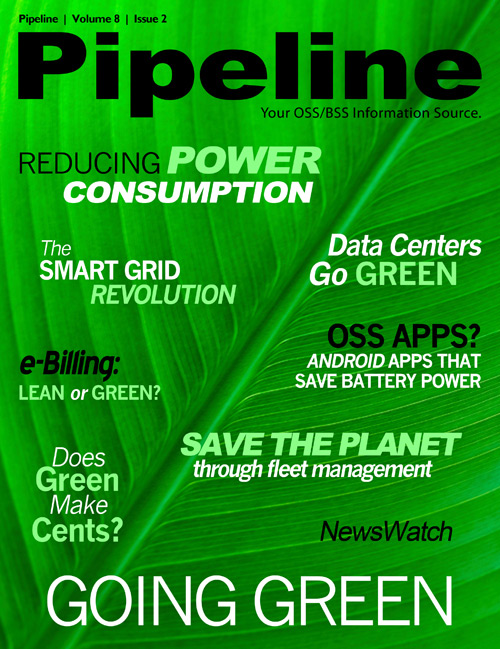By: Ed Finegold

E-billing adoption and standardization across Europe is one of the European Commission’s key goals
in its Europe 2020 initiative. Among the benefits stated in its report entitled “Reaping the benefits of
electronic invoicing for Europe” released on December 2, 2010 was an estimate, based on a study from
the Royal Institute of Technology in Sweden, that CO2 emissions could be reduced by 1 million tons
per year as a result of ebilling’s reduced paper consumption and transportation. Overall, however, the
Commission’s primary motivations for a shift to ebilling were economic in nature, relating to more
efficient and accurate billing and collections. So, e-billing may be environmentally friendly, but if it
wasn’t also economically compelling, would anyone care?
Barriers to E-Billing Uptake
In Europe, regulation has been a primary barrier that traditionally has held e-billing back. Issues ranging
from invoicing and payment standards, to complex taxation and cross-border financial rules are all in the
European Commission’s sights as items requiring simplification in order to drive broad adoption, which
across all industries in Europe, stands at roughly 23 percent today.
With complex regulations in place, e-bills have, at times, not been recognized in some countries as
official bills. As a result, customers who had opted for electronic billing still had to receive a pile of paper
once per year. Outdated laws and regulations relating to items like credits and roll over balances made
it difficult for companies and customers to from e-billing. As a result, most telcos struggled to achieve e-billing penetration greater than 20 percent.


“In the early days of e-billing,” says Jonathan Jensen, head of business development for payments and
media services for BT’s Agile Media, telcos focused their e-billing discussions on “the triggers that would
make that figure grow.” They wondered openly whether customers would be, “attracted by the ‘green
argument’ or by saving money.” Jensen says. And they reassessed the bill’s overall role in customer
communications as a “value statement” understanding that “if we could change the bill – essentially
a demand for money - into a value statement – essentially an advert for the value that the customer
received - this would be a major win.” he says.
As a sophisticated consumer of communications services, Jensen says he finds frustrating
inconsistencies in e-billing. He admits to “opting for e-billing from the first” but says “there are still
things that annoy me about it.” He likes receiving a personalized email that notifies him when his bill
is ready and being able to review it online. But he finds it irritating, as many other customers likely do,
that “sometimes there is no PDF document for you to download and, if necessary, print out. Sometimes
I want to do that and it is almost impossible with some web pages.”
He says such barriers are particularly irritating because many legal processes, such as opening a bank
account, will require as many as three months worth of utility or telecom bill history, and this can be
difficult to produce when e-bills aren’t printable in an acceptable format. Jensen suggests, “a balance
between pushing the right amount of information to the customer and letting him find what he wants, if
he needs to.” He argues, however, that pushing the entire bill is as impractical as expecting customers to
go and find it themselves without useful guidance.





